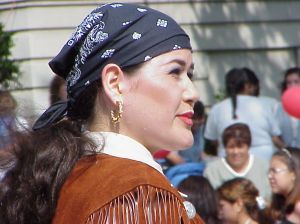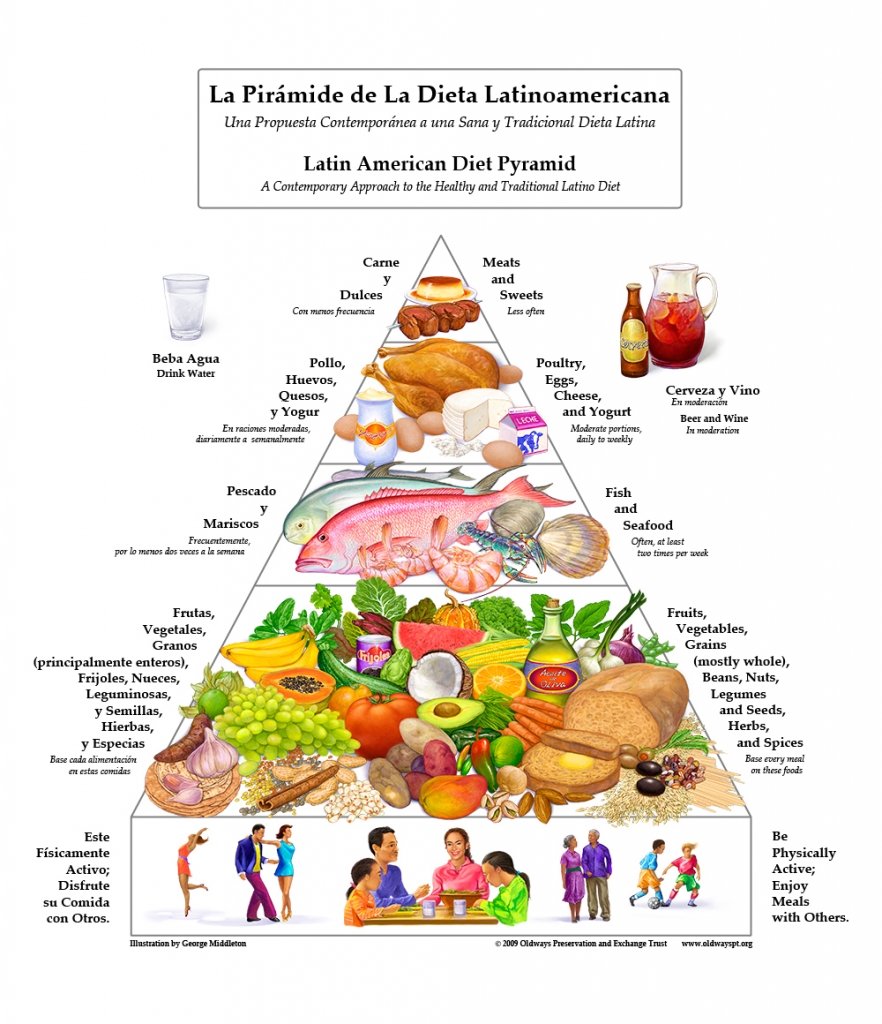Social Media Success Story Flawlessly Executed
A brilliant example of an Advertising campaign and Social Media success story with flawless execution and of how to measure social media results:
Social Media Success Story: media exposure equaled $6.67 million in ad spend
The campaign “One Thousand Casmurros,” made for the biggest TV network in Brazil, Rede Globo. It was the agency’s first entry in Cannes.
Commemorating 100 years since the death of one of the greatest writers Brazil has ever seen, Machado de Assis, Rede Globo launched a miniseries inspired by one of his best-known books, “Dom Casmurro.” In order to promote it, LiveAd divided the book contents in a thousand pieces and organized a collective reading of the entire text, inviting people to upload their homemade videos reading in front of their webcams. The videos were posted on a special social network.
To pay tribute to one of Brazil’s most respected writers, Machado de Assis, the largest TV network in Brazil was launching a mini-series based on one of his books, Dom Casmurro.
Through the launch of the mini-series, we needed to build up TV Globo’s reputation with a new generation, disconnected from the television.
We created a website with the book and divided it into one thousand excerpts. In the website, people could choose and record pieces in real time with their webcam. We enabled a large scale collective reading.
At the same time, we hid one thousand DVDs with unique scenes in public places for people to find them and hide them again once they had seen it.
The results were astonishing: Spontaneous media exposure equaled $6.67 million in ad spend.
One Thousand Casmurros from Livead on Vimeo
In less than a month, the reading was completed ending in a total social media success story.
Influential admirers talked about it in public. 33 million viewers watched the series’ first episode. The media called it the best tribute to Machado de Assis of 2008.
Almost 106 million people were exposed to press notes related to the mini-series.
The subsequent media exposure was worth the equivalent of 6,7 million dollars in advertising spend.







